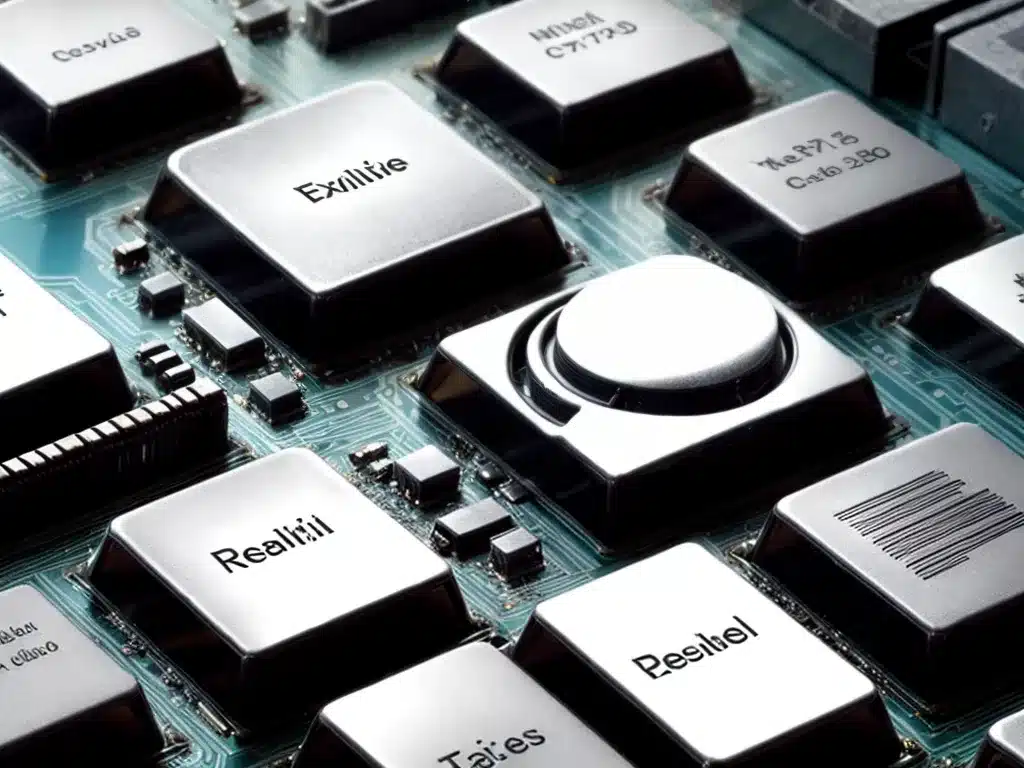
Introduction
A CPU (Central Processing Unit) is one of the most crucial components in a computer. It handles all the primary computations and data processing. A faulty CPU can cause a lot of problems like random crashes, freezes, blue screen errors, overheating and more. Identifying and resolving CPU issues can be tricky but is important to ensure smooth functioning of your computer. In this comprehensive guide, I will discuss various ways to identify and fix faulty CPU problems.
Symptoms of a Faulty CPU
There are several symptoms that can indicate a potential CPU issue:
Frequent Crashes and Freezes
If your computer randomly crashes or freezes frequently, it could point to a faulty CPU. A defective CPU may fail to execute instructions properly leading to system instability.
Blue Screen Errors
Frequent blue screen errors like CLOCK_WATCHDOG_TIMEOUT and UNEXPECTED_STORE_EXCEPTION often occur due to CPU problems. These errors indicate the CPU is failing to process data correctly.
Overheating Issues
A CPU that overheats abnormally or runs too hot can also indicate problems with the CPU. Defective parts or damaged cooling systems can cause CPUs to overheat.
Performance Issues
Sluggish system performance, slow loading times, laggy gameplay, and stuttering video playback can occur if the CPU is faulty. The CPU may be unable to keep up with demanding tasks due to defects.
Post Failure
If your system fails to boot up and post (power on self test), it could point to a bad CPU since the CPU plays a vital role in the booting process.
Testing the CPU for Faults
If you suspect your CPU is bad, there are some tests you can run to confirm:
Check CPU Temperature
Use hardware monitoring software like Core Temp or HWMonitor to check your CPU temperature when idle and under load. Abnormally high temperatures under load can indicate cooling issues or poor contact between the CPU and heatsink.
Stress Test the CPU
Use stress testing software like Prime95 or AIDA64 to place heavy load on the CPU. If the system crashes or throws errors, it confirms your CPU is faulty.
Check for Physical Damage
Open up your computer and physically inspect the CPU for any signs of damage like bent pins or discoloration. Socket pins must be straight and aligned correctly.
Test with Alternate CPU
If possible, replace the potentially faulty CPU with a known working one. If problems persist, it proves your original CPU is defective.
Possible Causes of a Faulty CPU
There are several reasons a CPU can become defective:
Manufacturing Defects
Imperfections in materials and assembly during manufacturing can cause CPUs to malfunction after a period of usage.
Overheating
Running the CPU beyond safe temperatures for prolonged periods can cause physical damage to processor components.
Overclocking
Excessively overclocking the CPU beyond supported speeds can make it unstable and prone to failure over time.
Old Age
Modern CPUs normally last 4-5 years under normal usage. Electro-migration within transistors causes damage over time.
Physical Damage
Incorrect mounting pressure on the CPU, bent socket pins, or direct physical impact can all render a CPU non-functional.
Resolving CPU Issues
If testing confirms you have a bad CPU, there are a couple options to resolve the problem:
Upgrade the CPU
Replacing the faulty CPU with a new one is the most definitive solution. Make sure your motherboard supports the new CPU.
RMA the CPU
If your CPU is still under warranty, contact the manufacturer to begin the RMA (return merchandise authorization) process. They will send a replacement.
Reflow/Reball the Chip
For high-end CPUs, specialized repair services can reflow or reball the chips on the processor to potentially fix defects.
Update BIOS/Drivers
Sometimes CPU issues arise due to faulty BIOS or driver versions. Updating to the latest optimized versions can mitigate software-related problems.
Preventing CPU Problems
You can take some proactive steps to minimize CPU issues in the future:
-
Use a robust cooler to maintain optimal CPU temperatures. Liquid cooling is most effective for overclocked systems.
-
Keep the CPU free of dust buildup as it can impede cooling over time. Clean the PC regularly.
-
Avoid excessive overclocking and overvolting which strains components over time. Conservative OC is best.
-
Update BIOS, chipset drivers, and OS patches to ensure system stability and compatibility.
-
Handle the CPU gently when installing it. Never force the chip into the socket. Straighten any bent pins extremely carefully.
Conclusion
Identifying and resolving CPU issues requires methodical troubleshooting and testing. Overheating, instability, freezing and boot problems point to a potentially defective CPU. Confirm faults through temperature monitoring, stress testing and inspection before taking corrective measures like replacing the chip or updating software. With robust cooling and gentle handling, you can maximize CPU lifespan and avoid many issues.












